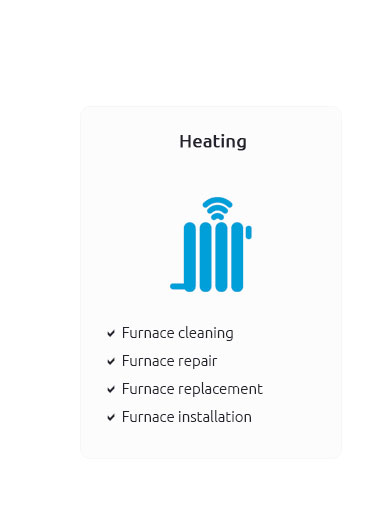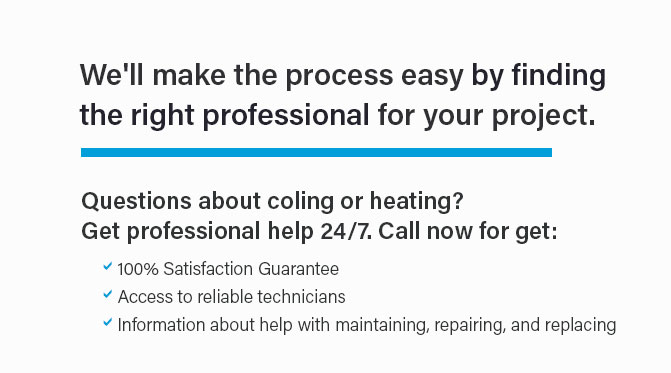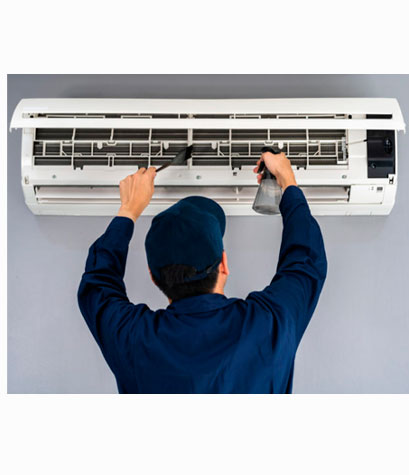 |
 |
 |
 |
 |
 |
 |
 |
 |
 |
 |
 |
 |
 |
 |
 |
|
When your comfort is on the line, trust the HVAC services that stand head and shoulders above the rest; our team of seasoned AC and heating experts is ready to tackle any challenge, from swift gas furnace repair to comprehensive system overhauls, ensuring your home stays cozy year-round-find local contractors who blend technical prowess with genuine care, delivering unparalleled service that redefines excellence, so you can breathe easy knowing you’re in the hands of the best.
https://www.trane.com/residential/en/resources/blog/furnace-repair-cost/
Furnace repair costs can range from $150-$3,000, depending on what part(s) may need to be replaced. If you need to call for repairs, here are ... https://hvac-talk.com/vbb/threads/2240668-What-repairs-are-ever-done-on-a-gas-furnace-without-replacing-the-furnace
What repairs are ever done on a gas furnace without replacing the furnace? - clean dirty flame sensor - replace defective flame sensor - replace ... https://naturalgasplans.com/maintain-natural-gas-furnace/
Here are some simple steps for DIY furnace maintenance. These are things that can extend the lifespan of your heating system and increase the energy efficiency.
|